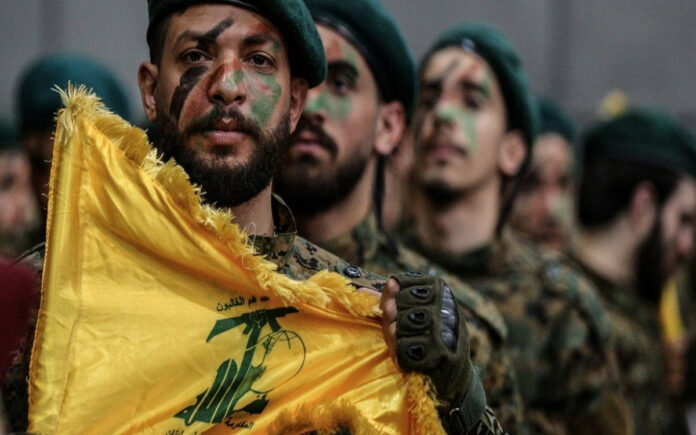Beirut: Hezbollah has adapted its strategies in response to Israeli airstrikes targeting senior commanders, resorting to both low-tech and innovative methods to evade sophisticated surveillance technology, according to sources reported by the international news agency Reuters.
Following the killing of key commanders, Hezbollah, backed by Iran, has implemented strategies such as using coded messages, landline phones, and pagers. Additionally, they employ drones to disrupt and attack Israel’s intelligence capabilities, a tactic referred to by Hezbollah leader Sayyed Hassan Nasrallah as “blinding” Israel.
The conflict between Hezbollah and Israel escalated following clashes initiated by Hezbollah’s ally Hamas in Gaza. While hostilities on Lebanon’s southern border have been contained, recent intensified attacks have raised concerns about escalating into a full-scale war.
Israeli airstrikes have resulted in the deaths of over 330 Hezbollah fighters and approximately 90 Lebanese civilians, according to Reuters. In response, Hezbollah has modified its tactics, acknowledging the loss of more than 20 operatives, including senior commanders and intelligence personnel, in targeted strikes.
Israel’s military, responding to what it claims are unprovoked attacks from Hezbollah, emphasizes its targeting of military sites while attempting to minimize civilian casualties. The IDF utilizes advanced electronic surveillance technology, including security cameras, remote sensing systems, and surveillance drones along the border.
Hezbollah, adapting to technological advances, has reverted to older communication methods to evade surveillance, such as pagers and verbal messages delivered by couriers. They utilize a private fixed-line telecommunications network established since the early 2000s, complemented by regularly updated code words for communications to evade interception.
Amid increasing tensions, Hezbollah has urged residents to disconnect security cameras connected to the internet to prevent potential surveillance by Israel. Fighters are prohibited from carrying mobile phones near battlefields to mitigate risks of tracking and infiltration.
Also Read | UN Probes Suspected Mass Grave in Libya-Tunisia Desert Route
In response to suspected breaches in their telecommunications network, Hezbollah has bolstered security measures, restructuring networks to limit potential damage from future breaches.
Hezbollah has also demonstrated its capability to gather intelligence and target Israeli surveillance installations using homemade drones. Recent videos released by Hezbollah claim to show surveillance over Israeli cities and successful drone attacks on Israeli military assets, although Israel has downplayed their impact.
Also Read | Iran’s Escalating Ballistic Missile Production Raises Global Concerns
Nicholas Blanford, a Beirut-based security consultant, notes that Hezbollah’s vigilance against security breaches has increased significantly, yet acknowledges Israel’s ongoing technological advantage in surveillance and intelligence operations.
The conflict remains volatile, with recent escalations resulting in retaliatory attacks by both sides, underscoring the ongoing tension and potential for further conflict escalation.



